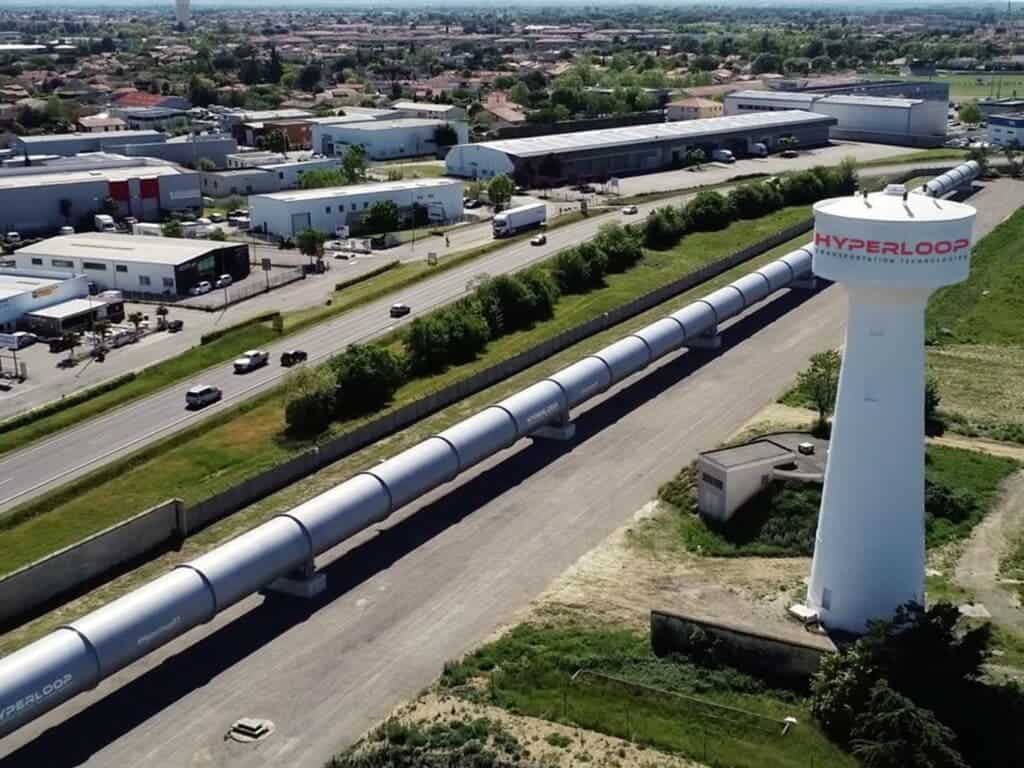What if you could reach airplane speed in a train? It sounds far fetched, but it’s exactly the concept that Korea Railroad Research Institute (KRRI) is working on, and it seems to be going well. The institute has just announced a working proof-of-size model that can reach a whopping 620 mph (or 1000 km/h).

The official plans started in 2017. “We hope to create an ultra-fast train, which will travel inside a state-of-the-art low-pressure tube at lightning speeds, in the not-too-distant future,” a KRRI official said at the time. The goal was to create a train system capable of reaching speeds double those of magnetic levitation (maglev) trains, which can currently travel at around 500km/h. Now, the first results have been announced.
The hypertrain is intended for use in a near-vacuum tube and accelerated using powerful magnets. It reached a speed of 620 mph (or 1000 km/h) on the test, which is the equivalent of international flights. Still, it’s only a 1/17 model so far. But KRRI plans to have a real-size working test site by 2022.
South Korea is hoping to launch a big hyperloop network by 2024, reducing the journey time between Seoul and Busan from three hours to 30 minutes. The country already has high-speed bullet trains working in that route but the government wants to make it near-supersonic as soon as possible.
“Many countries such as the United States, Canada, and China are competing to take the lead in this futuristic technology and we will also try to pre-empt our global rivals,” a KRRI official said in a statement. “The government has focused on interdisciplinary research and this will be the biggest effort we are working on to develop a representative future technology.”
Still, there are challenges to the project acknowledged by South Korea, subject to engineering flaws. For example, if the tube loses its negative pressure due to a natural disaster the pods would crash. The KRRI official said they are working to overcome those problems before the actual working test site in a couple of years.
This isn’t the only attempt of developing a bullet-speed train. The concept was also discussed by Elon Musk in 2012. In fact, they did their first test with human passengers a few days ago based on his idea. The objective is to transports people in floating pods inside tubes under a partial vacuum at speeds of up to 760 mph (1,223 km/h).
The project, developed by Virgin and called the hyperloop, has a 500 meters test track in Nevada where more than 400 tests have been carried out so far. Now they took it a step further by doing a test with humans. The pod didn’t reach the hyperloop’s theoretical maximum speed but they are hopeful to do so in upcoming trials.
The hyper-tube train in South Korea shares the same concept with Musk’s concept: overcoming friction and air resistance by running in a vacuum tube. The main difference is that the hyperloop is floated by air blown from below and the hyper-tube uses the magnetic repulsive force.
Whether it comes first in the US or in South Korea, it seems we’ll have to wait a few years for the final touches on this new and exciting technology. But when it eventually comes it will probably be a big revolution to the way we move around, making distances much shorter and saving us time in transportation.






